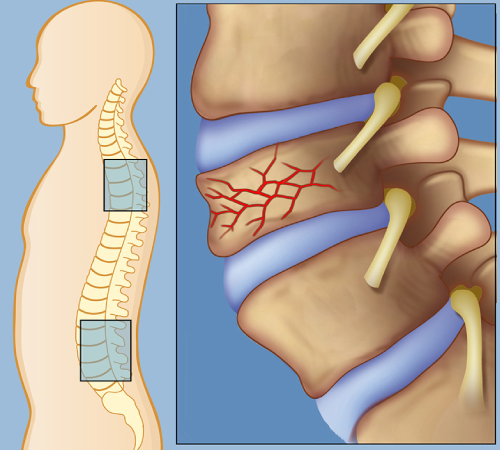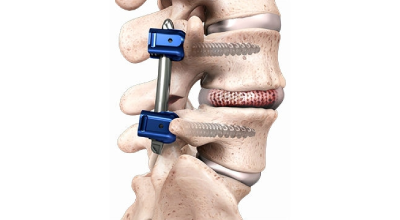
Spinal Trauma: Surgical and Non-Surgical Treatment Options
What is Spinal Trauma?
Spinal trauma refers to any injury to the spinal cord or vertebrae that disrupts the normal function of the spine.
This can cause a variety of symptoms, including pain, weakness, numbness, and even paralysis.
The severity of the trauma depends on the nature of the injury and which part of the spine is affected.

.png)
Non-Surgical Treatment Options
For many cases of spinal trauma, especially when the injury is less severe or if surgery presents high risks, non-surgical treatments are the first line of defense.
-
Immobilization
Using braces or collars to stabilize the spine can prevent further injury and allow the spine to heal. This approach is often used in conjunction with other treatments.
-
Medication
Pain management and inflammation control are crucial. Medications such as NSAIDs (non-steroidal anti-inflammatory drugs), muscle relaxants, and even corticosteroids might be prescribed to reduce pain and swelling.
-
Physical Therapy
Once the initial injury has stabilized, physical therapy is important to restore strength, flexibility, and function. Therapists work with patients to develop personalized exercises that help in regaining mobility while protecting the spine.
-
Spinal Injections
In some cases, epidural steroid injections may be suggested to reduce inflammation and pain. These injections can provide temporary relief and can be a part of a broader rehabilitation plan.
Surgical Treatment Options
When non-surgical treatments are insufficient, or if the spinal trauma is severe, surgical intervention may be necessary to prevent long-term damage or paralysis.

-
Decompression Surgery
This procedure involves removing pressure on the spinal cord or nerves caused by fragments of bone, disc material, or other tissue. It can be performed using traditional open surgery or minimally invasive techniques, depending on the injury’s location and severity.
-
Spinal Fusion
In cases where the spine is unstable due to trauma, spinal fusion may be required. This surgery involves joining two or more vertebrae together to stabilize the spine. This can be done using bone grafts, metal rods, or screws to ensure the spine remains stable during healing.
-
Vertebroplasty and Kyphoplasty
For fractures within the vertebrae, these minimally invasive procedures involve injecting a special cement into the bone to stabilize it and relieve pain. Kyphoplasty also includes the insertion of a balloon to restore the height of the collapsed vertebra before cement injection.
-
Rehabilitation Post-Surgery
After surgery, a comprehensive rehabilitation program is essential to ensure the best possible recovery. This includes physical therapy, pain management, and possibly occupational therapy to help the patient return to daily activities.

Dr. Adam Kamrudeen
Neurosurgeon in Navi Mumbai
- MBBS, MS – General Surgery,
- MCh – Neuro Surgery
- Brain & Spine Surgeon in Navi Mumbai
Conclusion
Spinal trauma is a serious condition that requires a comprehensive approach to treatment. Both surgical and non-surgical options have their place depending on the specific nature of the injury. Working closely with a neurosurgeon to understand the best course of action is key to a successful recovery.
If you've experienced spinal trauma, consulting with Dr. Adam Kamrudeen, an experienced neurosurgeon in Navi Mumbai, is essential. Spinal trauma can lead to severe complications, including paralysis, and requires immediate and specialized care. Dr. Adam Kamrudeen will evaluate the extent of the injury and discuss the surgical options to stabilize the spine and prevent further damage.
Schedule a consultation with Dr. Adam Kamrudeen to ensure you receive the best possible care for spinal trauma.
